WEEK 11: by Jaeky Cheong
SMAs :Flexinor test
I use a trained flexinor and cut a thin paper into a tongue shape. I sew flexinor on the paper and attach copper tape at each end. I test it with a 9V battery. The motion was very interesting but it was really hard to make an intended motion.


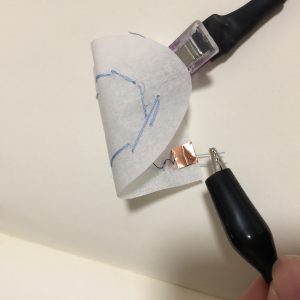

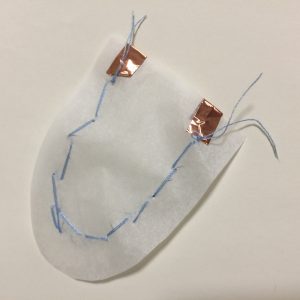
Final project -About gender fine art installation
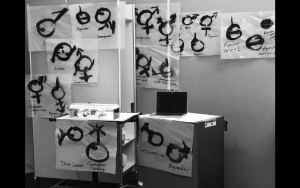

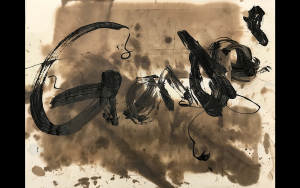
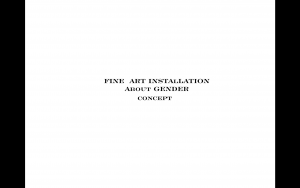
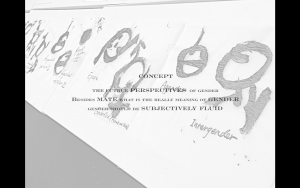

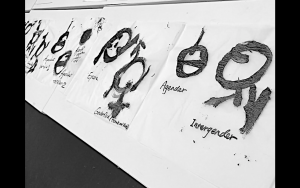
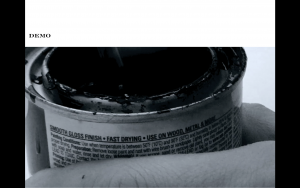


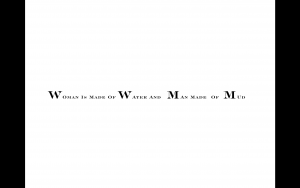

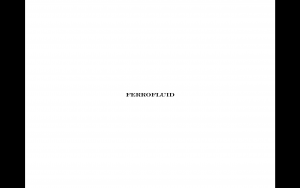


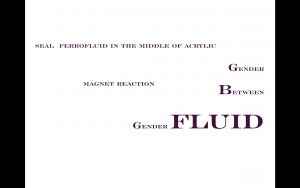
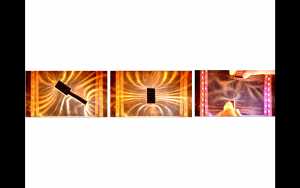
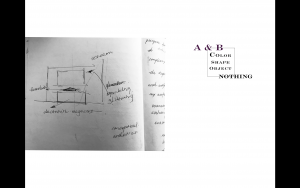
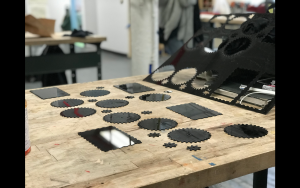
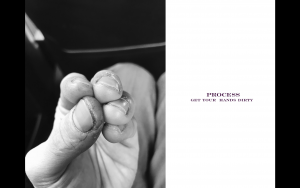
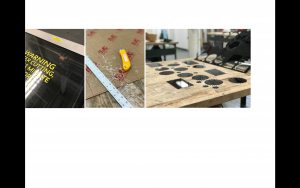
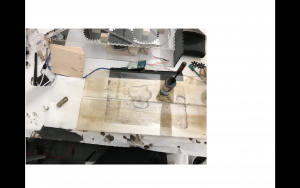
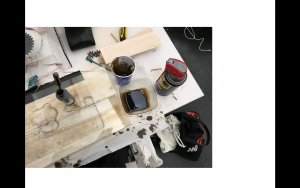
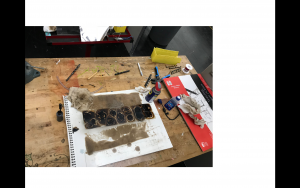
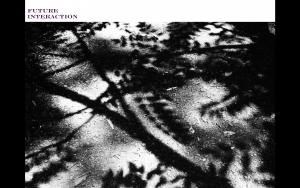
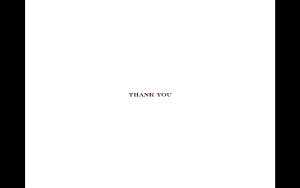
INSTRUCTABLE
Title.
About Gender-magnetic reaction & ferrofluid reaction learning.
Intended audience.
During the design process, subconscious was the word I was thinking and mentioned all the time, which means how I can send out more closely target messages base on using design language.This is actually a process of presenting an abstract information by combining with different design elements if using metaphor to describe it, it will be a storytelling or a literal computer language input and output. Furthermore, user testing and preinterview are also crucial, going whatever fine art piece or utility design product if define it for generalized the ultimate goal is to serve people thus the all-important is user experience.
I hope that people can explore a new cognitive or deeper thinking of the conception of gender during today and meanwhile have a variety outlooks of the implication of gender in the future
Materials list
Acrylic Broad Servo Arduino LED Lamp wood Ferrofluid Magnet
week 13 assignment
It was a memorable experience of making flip dot and I’m glad it worked. Yet the sowing process was super complicated.
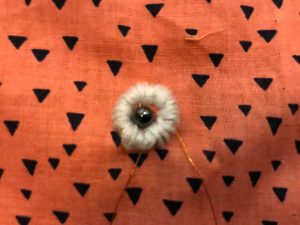
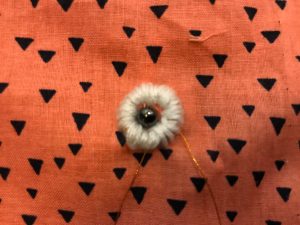
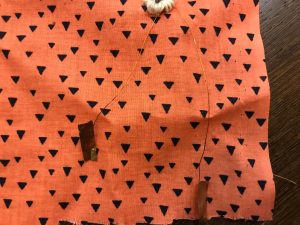
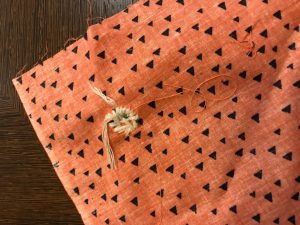
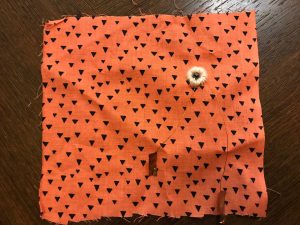
Week 11 Assignment
This week is about SMAs study.
1.front view
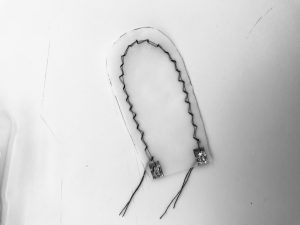
2.laterak view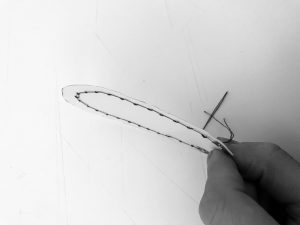
3.back view
Week 10 Assignment
For this week I did an illustration of gender investigation.
I used red pigment and transparent base for the redline and sowed it so that when the circuit is connected, the gap between gender conception will be heated up and disappear. 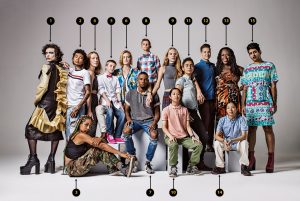
1. Harry Charlesworth, 20 anni, queer | 2. Asianna Scott, 20, modella androgina | 3. Memphis Murphy, 16, femmina transgender | 4. Angelica Hicks, 23, femmina etero | 5. Alex Bryson, 11, maschio transgender | 6. Morgan Berro Francis, 30, bi-gender | 7. Denzel Hutchinson, 19, maschio eterosessuale | 8. Eli, 12, maschio trans | 9. Ariel Nicholson Murtagh, 15, femmina transgender | 10. Lee, 16, transboy | 11. Pidgeon Pagonis, 30, persona non binaria intersessuale | 12. Shepard M. Verbas, 24, genderqueer non binario | 13. Cherno Biko, 25, attivista nera/trans | 14. Jules, 16, transboy | 15. Alok Vaid-Menon, 25, non binario.
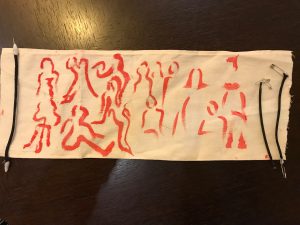
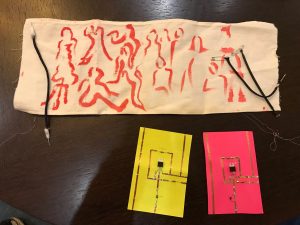
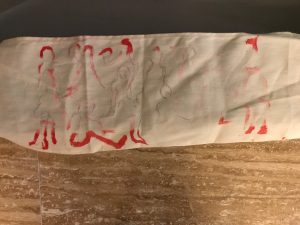
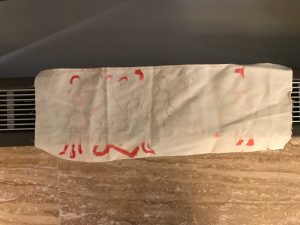
Week 9 Assignment
I decided to do speakers using sea feature of marine. Also the material of silver paper, the silver paper one is working, I have not testing the marine one yet, hopefully, it will work. 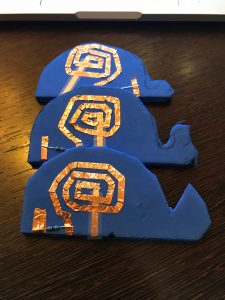

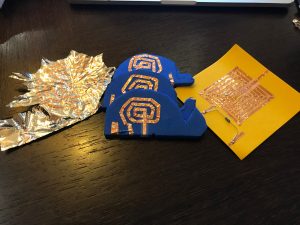
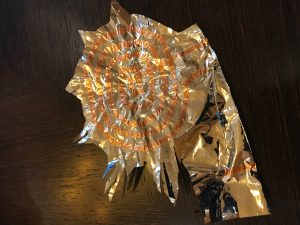

Week 8 assignments
- clip + paracord
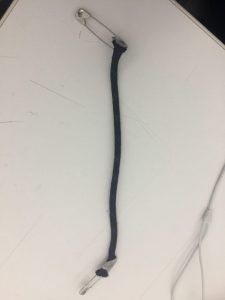
2. heat shrink + hook
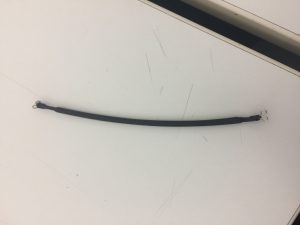
3.testing
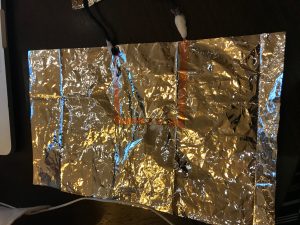
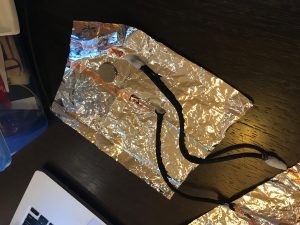
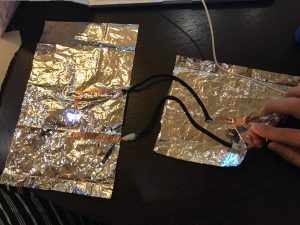
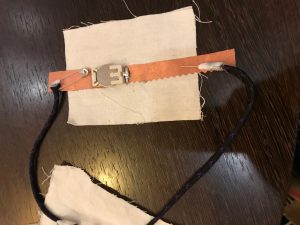
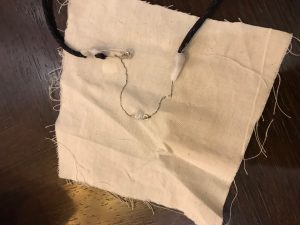


Andrew Sapala’s exercises for Computational Craft
Within this post I would like to share the work I made for Computational Craft’s homework. Featuring: speakers, thermochromic ink, connectors, motion project, and flip dot work.
Wire speakers
This assignment Liza taught us how to create our own flat-coiled speakers using conductive materials and magnets. This was a very challenging assignment due to the amount of coiled material used and how well crafted the flat speaker could be made. For the class lesson we constructed our own heat/ sound control circuits to use with the speakers.
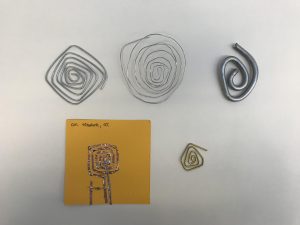
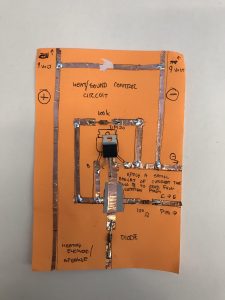
Thermochromic Ink
In class we were given pigmented dust called Thermochromic Ink that we could mix into acrylic paints. This way when connected to a heat source or circuit the ink itself would disappear. I created a message out of conductive thread saying “I love you.” Using the swatches I made from the acrylics mixed with thermochromic ink, specific colors disappeared while others did not, I believe this was because specific mixtures were incorrect. This would be a great material to use if you wanted to create ethereal messages for installations.
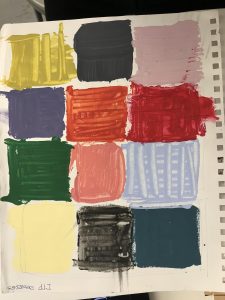
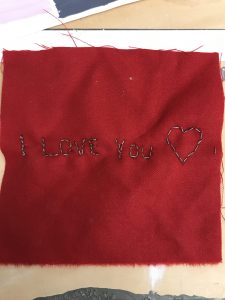
Connectors
This project I found to be incredibly useful, especially when you run out of alligator clips. Connectors can be made out of almost any material as long as the material is conductive. This opens up the possibility for really bizarre soft sculptures. I would like to continue this method of producing my own connectors for electrical components in my sculptures.
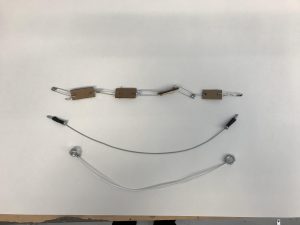
- Safety pins + conductive thread + cardboard
- Screw + gaff tape + aircraft cable
- 1/2″ nut + steel wire + rubber tubing
Motion Project
This assignment was about using flexinol actuator wire to create a small sculpture that moves. After the class demo, I wanted to create a flower-like piece that opens and closes when current runs and connects to the flexinol. Troubles with this project came from the wire not being “trained.” Trained is when the flexinol is coiled super tight and left in a springy form. When stretched, the flexinol attempts to recoil itself back to it’s trained form. I managed to create a pretty little paper flower, but only two of the petals actually moved. This would also be a useful material to use for small moving elements in a sculpture.

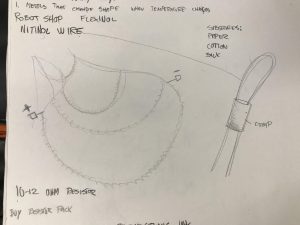
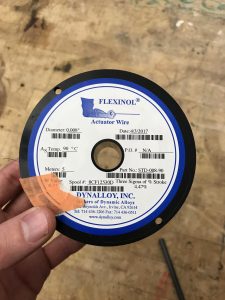
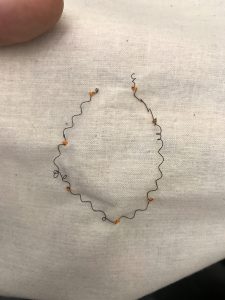
Flipdots
This was another very exciting project that once again introduces slight movement to materials when current runs through the circuit. We were given a very thin orange wire and instructed to create a tight (50) loop and circle the material around itself into a ring. Then carefully we used thicker threads to coat the metallic ring. Each of us were given a small magnetic bead and we attached the bead onto the surface of a colored textile connecting the bead and the ring, the bead sits in the cradle of the ring. When current runs through the ring, the magnetic bead gives off a flipping action. I thought that this assignment would be perfect for alien eye balls, or insect creature eyes, especially if there were multiple power sources.

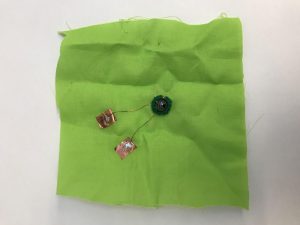
All assignments, one way or another have influenced my current body of work and I am trying to slowly implement each of these techniques into my robotic sculptures.
-AJS
Final Project – Eye Fishing
Link to insturctables: https://www.instructables.com/id/Eye-Fishing-Tea-Candle-Holder/
I made a tea candle holder that will reveal some messages when its top is being heated.
I used theromochromic pigment to achieve the revealing of the messages. This type of pigment will be transparent under a higher temperature and be normal again when the temperature is lower.
The concept is about memory and eyes. The cover of this candle holder is designed to be a ‘lake’ of eyes (shown by the patterns), and there is a small character fishing eyes for himself. Yet while he is fishing and when the candle is lighten up, there are things revealed on the surface of the lake suggesting he might fish something else rather than eyes which are what he wants. The things revealed has relations to eyes but are not the first things that come up to our mind when we think about eyes.
Reflections and further steps:
At first I did not use transparent acrylic for the top of the candle holder and it was proved to be dangerous, less attractive and fragile. So I replaced it with an acrylic piece and painted again. It works perfectly now.
At first I wanted to make something that is easy to use and does not have to be linked to wires and battery every time so this is the final result. I think maybe in the future I can come up with a more complex structure and make all the wires and battery being well covered and controlled with switches. Yet I am very happy with the result of this attempt. I enjoyed the whole process, from designing it, making it to actually using it as a real candle holder.